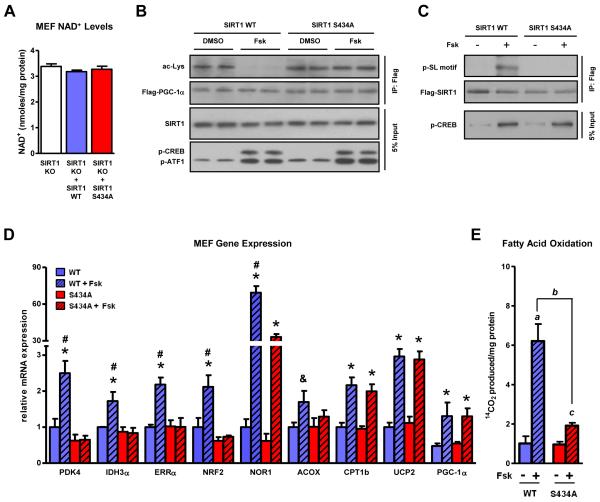Figure 5. cAMP-mediated increases in fatty acid oxidation and corresponding transcriptional programs are largely dependent on SIRT1 serine 434 phosphorylation.
A, Intracellular NAD+ levels are similar in SIRT1 KO MEFs and MEF retroviral cell lines overexpressing SIRT1 wildtype and the S434A mutant. Mutation of S434 to a non-phosphorylatable residue in cells ablates the forskolin-triggered, B, deacetylation of PGC-1α, C, phosphorylation of SIRT1, D, induction of fatty acid oxidation genes, and significantly blunts, E, utilization of oleic acid. Retroviral cell lines expressing either WT or S434A SIRT1 were established using SIRT1−/− fibroblasts. MEFs were treated with Fsk for 6 h before RNA isolation and mRNA quantification; statistical significance was assessed using one-way ANOVA with a Tukey post-test, *, p<0.05, DMSO vs Fsk; *, p<0.01, DMSO vs Fsk; #, p<0.01, WT/Fsk vs S434A/Fsk. Fatty acid oxidation was quantified by measuring 14CO2 production and statistical significance was assessed using one-way ANOVA with a Tukey post-test; a, p<0.01, WT/DMSO vs WT/Fsk; b, p<0.01, WT/Fsk vs S434A/Fsk; c, p<0.01, S434A/DMSO vs S434A/Fsk. Data are presented as means ± S.D.

